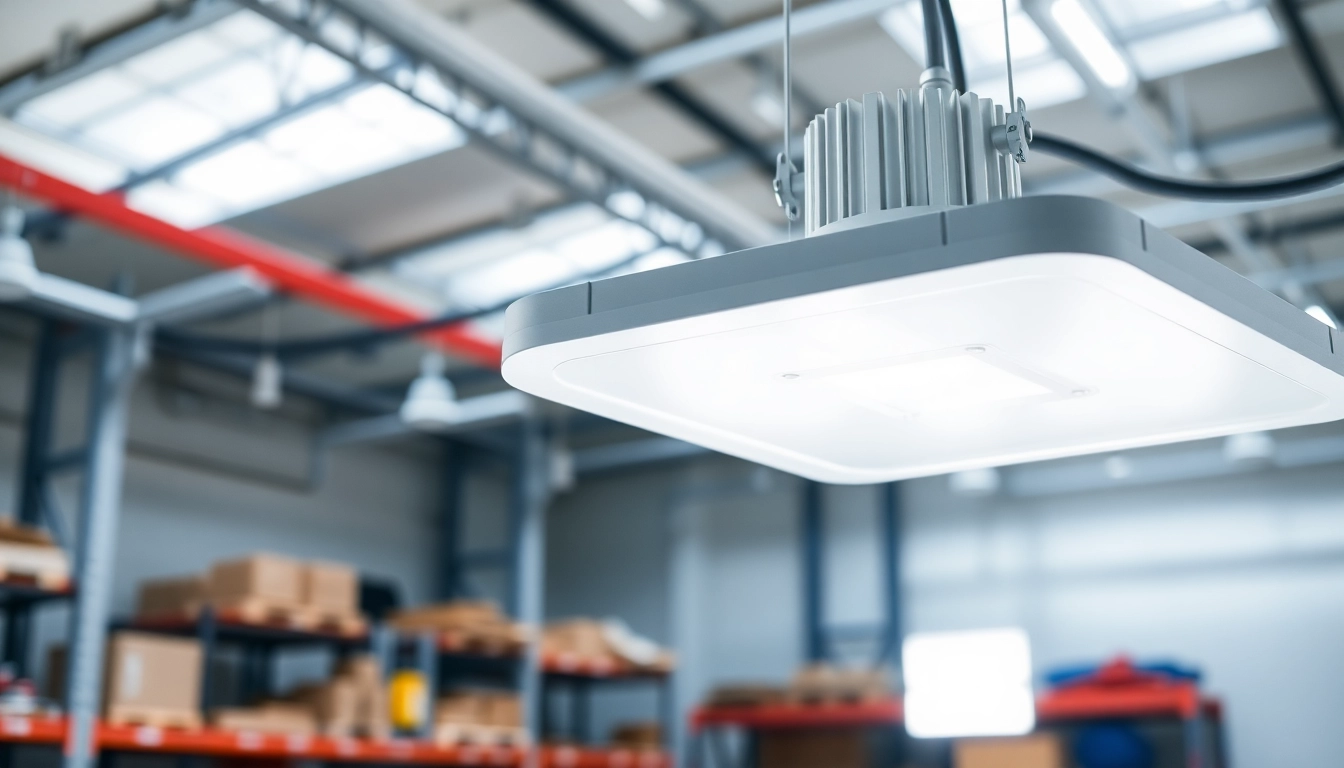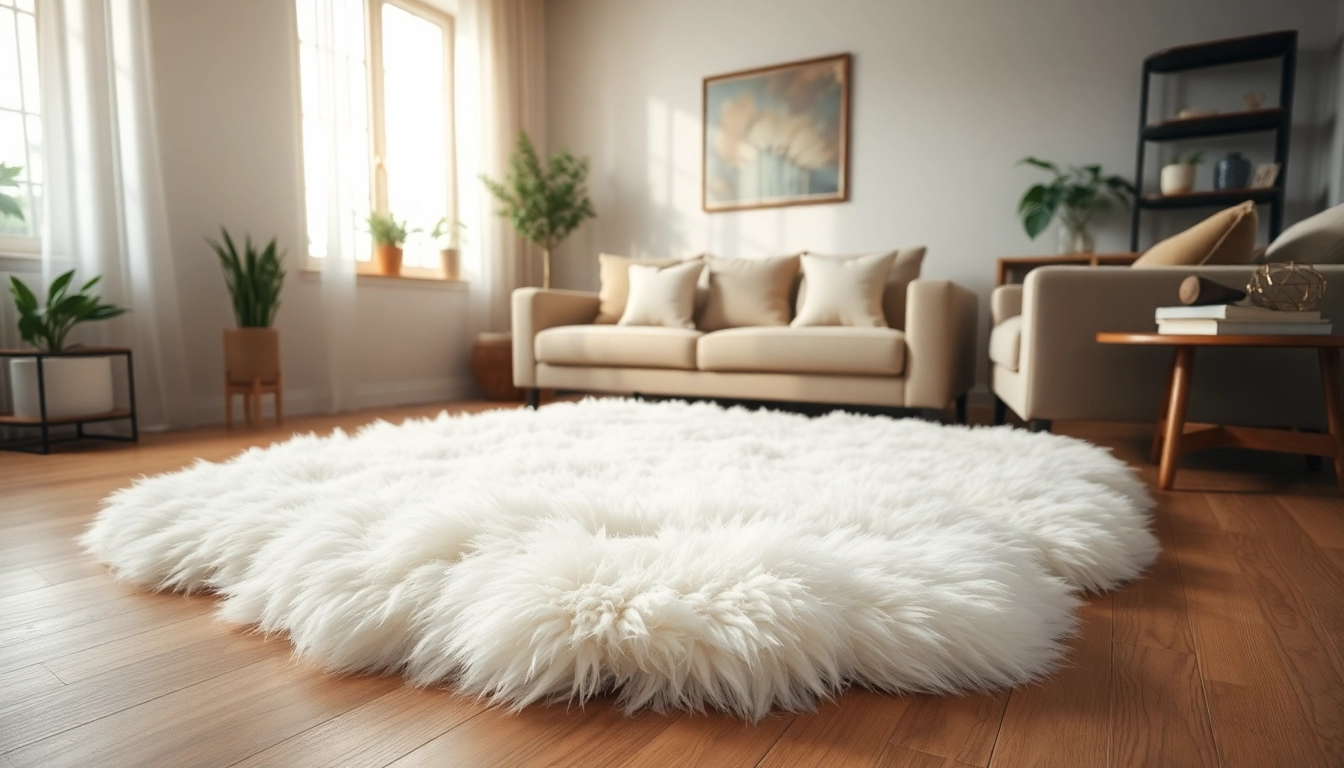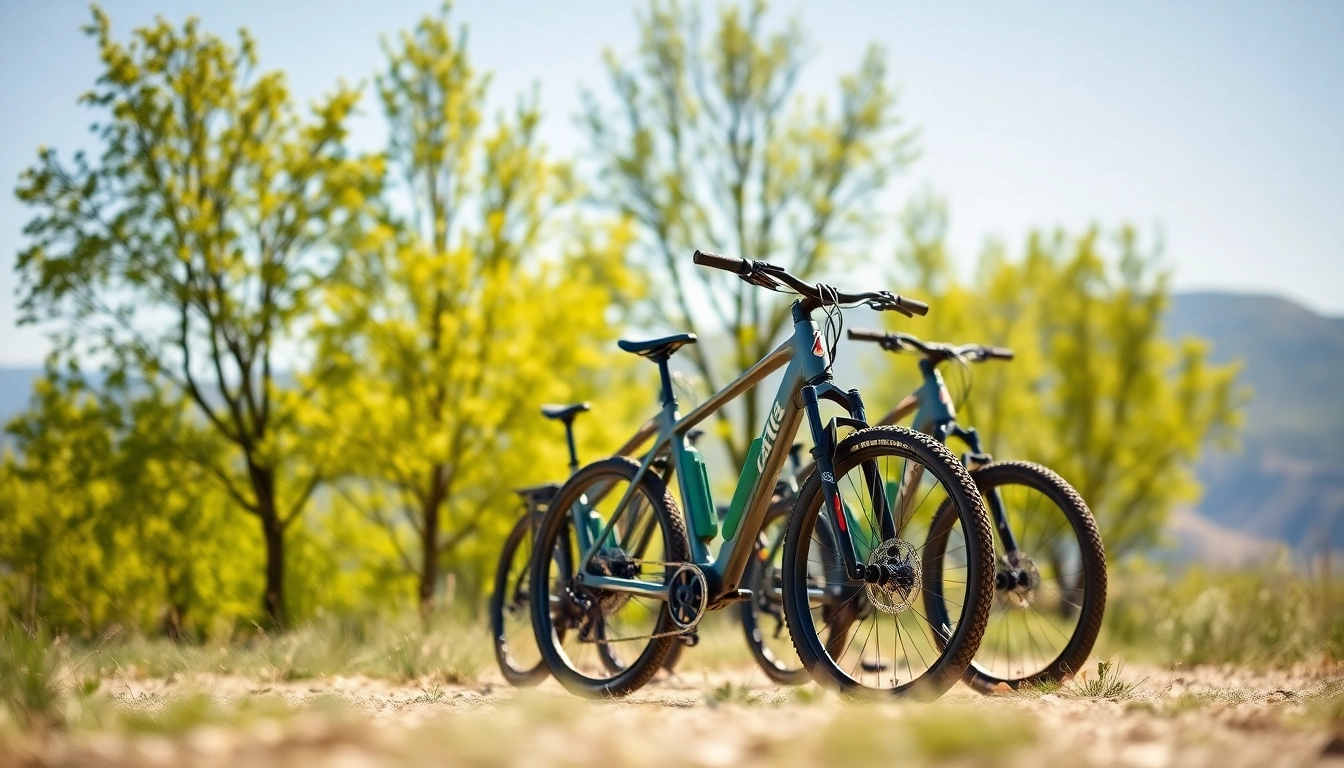Understanding Vapor Tight Light Fixtures
Vapor tight light fixtures are specialized lighting products designed to withstand harsh conditions typically found in places like industrial environments, parking garages, and food processing facilities. These fixtures are specifically engineered to protect the lighting components from moisture, dust, and other debris, making them an essential choice for areas where traditional fixtures may fail. The robust construction of a Vapor Tight Light Fixture ensures that lighting efficacy remains uncompromised regardless of environmental challenges. Understanding their unique features, applications, and advantages is crucial for anyone looking to enhance their facility’s lighting reliability.
What Makes Vapor Tight Light Fixture Unique?
The uniqueness of the vapor tight light fixture lies in its design and functionality. Unlike standard light fixtures, vapor tight fixtures come with a sealed enclosure that prevents moisture and dust ingress. This is achieved through durable materials like polycarbonate or fiberglass that resist shattering and corrosion. The gaskets used in these fixtures ensure a watertight seal, which provides an added layer of protection against contaminants. Moreover, many of these fixtures are designed to handle extreme temperatures, making them suitable for both cold storage areas and hot environments.
Key Components of Vapor Tight Light Fixture
Vapor tight light fixtures consist of several key components that contribute to their effectiveness:
- Lens: Typically made from polycarbonate or acrylic, the lens is designed to be impact-resistant while providing high transmittance for optimal light output.
- Housing: The outer shell is usually constructed from corrosion-resistant materials ensuring durability in demanding spaces.
- Gaskets: These are critical as they seal the junctions between different parts of the fixture, preventing moisture and dust from entering.
- Light Source: Many vapor tight fixtures employ LED technology because of its energy efficiency, longevity, and minimal heat output, which further enhances fixture durability.
- Mounting Options: They often come with various mounting options, such as surface or pendant mounting to provide versatility for installation.
Common Applications and Usage Scenarios
Vapor tight light fixtures are used across a variety of settings, particularly where lighting is exposed to moisture, dust, or chemicals:
- Food Processing Plants: In these locations, hygiene is paramount. Vapor tight fixtures ensure sufficient lighting while keeping contaminants at bay.
- Warehouses: Moisture and dust can accumulate in large spaces like warehouses, making vapor tight fixtures an ideal solution for reliable lighting.
- Underground Garages: These fixtures are often required in parking structures where car washes and vehicles may generate moisture.
- Agricultural Settings: Vapor tight fixtures are utilized in barns and greenhouses where humidity levels are high.
- Outdoor Applications: Certain models can be used in exterior settings to illuminate areas susceptible to rain and splashes.
Benefits of Choosing Vapor Tight Light Fixture
Opting for a vapor tight light fixture comes with a plethora of benefits, making it a wise choice for both commercial and industrial settings. These advantages not only enhance lighting performance but also contribute to long-term savings and safety.
Longevity and Durability of Vapor Tight Light Fixture
One of the standout features of vapor tight light fixtures is their longevity. With superior materials and construction standards, they are designed to survive in challenging environments. The lifespan of these fixtures is often significantly longer compared to standard lighting solutions. For instance, while incandescent bulbs may need to be replaced every few months, high-quality vapor tight LED fixtures can last up to 50,000 hours or more. This durability results in lower maintenance costs and less frequent replacements, which is particularly beneficial for organizations aiming to minimize disruptions.
Energy Efficiency and Cost-Effectiveness
Vapor tight fixtures are often integrated with LED technology, providing excellent energy efficiency. LEDs consume considerably less power than traditional lighting options, which translates into significant savings on energy bills. Additionally, many local utilities offer incentives for switching to energy-efficient lighting solutions, further enhancing the cost-effectiveness of these fixtures. Over time, the reduction in energy usage coupled with the longer lifespan of LED sources leads to impressive savings, justifying the initial investment in vapor tight lighting.
Safety Features of Vapor Tight Light Fixture
Safety is a critical consideration in lighting design, particularly in industrial settings. Vapor tight light fixtures provide enhanced safety features, including:
- Impact Resistance: The toughened materials used in vapor tight fixtures minimize the risk of shattering, reducing hazards from broken glass.
- Sealed Design: By preventing moisture accumulation, these fixtures reduce the risks of electrical failures or fire hazards associated with condensation.
- Low Heat Emission: LED installations do not emit the same amount of heat as traditional bulbs, lowering the risk of combustion in heat-sensitive areas.
Installation Guidelines for Vapor Tight Light Fixture
Proper installation is crucial to ensure that vapor tight light fixtures perform effectively. Nevertheless, the installation process can vary depending on the specific application and mounting options. Here are essential guidelines to consider.
Preparing for Installation of Vapor Tight Light Fixture
Before installation, it’s important to assess the area where the fixtures will be placed. Considerations should include:
- Environmental Conditions: Examine the environmental factors such as humidity, moisture levels, and potential physical impacts.
- Electrical Requirements: Ensure that the area has the appropriate electrical infrastructure, including wiring and circuit capacity, to support the fixtures.
- Mounting Needs: Determine whether the fixtures will be surface-mounted or suspended, as this impacts the installation method.
- Personal Safety Gear: Ensure the availability of safety gear such as gloves, goggles, and helmets to protect personnel during installation.
Best Practices for Installing Vapor Tight Light Fixture
Adhering to best practices during installation can help maximize the performance of vapor tight light fixtures:
- Follow Manufacturer Instructions: Always consult the installation manual provided by the manufacturer for specific guidelines regarding your model.
- Secure Gasket Integrity: Ensure that all gaskets are properly positioned during installation to maintain the fixture’s vapor-tight seal.
- Use Appropriate Tools: Employ the correct tools for the job, and avoid over-torquing screws that could damage the fixture.
- Check for Level: Ensure that fixtures are installed level to provide uniform lighting and enhance drainage if applicable.
Post-Installation Checklist for Vapor Tight Light Fixture
Once installation is complete, follow a checklist to ensure that everything is in order:
- Verify Functionality: Test the fixtures to confirm they operate as expected without flickering or delayed startup.
- Inspect Seals: Check all seals and gaskets for any signs of misalignment that could potentially let in moisture or dust.
- Examine Power Supply: Ensure that the electrical supply lines are secure and that there are no exposed wires.
- Keep Lighting Areas Clear: Remove any obstructions that may interfere with the light source or risk damage to the fixtures.
Maintenance Practices for Vapor Tight Light Fixture
Maintaining vapor tight light fixtures is essential to ensure optimal performance throughout their lifespan. Regular maintenance can prevent issues before they arise and sustain effective lighting in critical areas.
Routine Cleaning of Vapor Tight Light Fixture
Routine cleaning of vapor tight fixtures should not be overlooked, as dust and debris can accumulate. Techniques include:
- Use the Right Materials: Always utilize non-abrasive cloths or sponges to avoid scratching the lenses.
- Frequency of Cleaning: Establish a regular cleaning schedule based on the environment; areas with more dust or moisture may need more frequent attention.
- Follow Safety Protocols: Ensure power is turned off during cleaning to prevent accidents.
Identifying Issues with Vapor Tight Light Fixture
Recognizing potential problems quickly can prevent minor issues from becoming significant failures. Key indicators of issues may include:
- Flickering Lights: This could indicate a failing light source or electrical connection problems.
- Moisture Accumulation: Any signs of moisture accumulation inside the fixture should prompt an immediate inspection of seals and gaskets.
- Inconsistent Light Output: This may suggest a need for fixture replacement or the troubleshooting of the electrical supply.
When to Replace Vapor Tight Light Fixture
Knowing when to replace a vapor tight fixture is as crucial as maintaining it. Key signs include:
- Significant Age: If a fixture has been in use for over 50,000 hours, consider replacing it even if it appears functional.
- Visible Damage: Cracks in the housing or lens may compromise the integrity of the fixture.
- Persistent Issues: If a fixture repeatedly requires repairs or exhibits performance issues despite maintenance efforts, it may be more cost-effective to replace it.
Comparing Vapor Tight Light Fixture with Other Lighting Options
When assessing lighting needs, it’s beneficial to compare vapor tight light fixtures with other options. Understanding the different performance metrics can help in selecting the right fixture for specific applications.
Vapor Tight Light Fixture vs. Standard Fixtures
While standard fixtures may suffice in many typical environments, they lack the robust features of vapor tight fixtures. Comparison points include:
- Protection: Standard fixtures do not offer the same level of protection against moisture and dust, which can lead to electrical failures.
- Longevity: The lifespan of standard fixtures is generally shorter, especially in challenging environments.
- Energy Efficiency: Standard fixtures may be less energy-efficient compared to modern vapor tight options, particularly those utilizing LED technology.
Performance Metrics of Vapor Tight Light Fixture
Several performance metrics showcase the advantages of vapor tight light fixtures:
- Ingress Protection Rating (IP): Many vapor tight fixtures are rated IP65 or higher, ensuring they are dust-tight and can withstand low-pressure water jets.
- Lumen Output: These fixtures often provide high lumen output for effective illumination without sacrificing energy consumption.
- Color Temperature: Available in various color temperatures, which can enhance visibility and mood as needed—for instance, cool white light for high-activity areas.
Choosing the Right Fixture for Your Needs
Selecting the right vapor tight fixture is crucial. Considerations include:
- Environmental Factors: Assess the level of moisture, dust, and potential for physical impacts in the installation area.
- Light Quality: Determine desired brightness levels and light distribution requirements for the space.
- Energy Efficiency: Evaluate the available energy options, and choose fixtures that align with energy-saving goals.
- Budget Constraints: Factor not only the initial cost of the fixture but also long-term savings on energy and maintenance.



